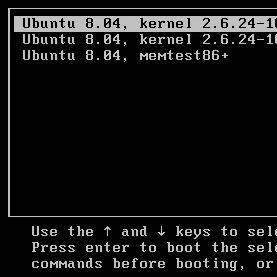Gallium3D, GEM Ported To Genode OS

Gallium3D has been ported to Genode OS with its device drivers, state trackers, winsys pieces, and other components. The code pulled into Genode OS 10.08 is based upon Mesa 7.8.1 and is designed to take advantage of Gallium3D rather than any classic Mesa code -- i.e. using the Gallium3D Softpipe driver (though they really should switch to using LLVMpipe) rather than the classic Mesa Software Rasterizer. Genode developers created their own Gallium3D EGL driver during this process and unlike the Mesa EGL drivers this one is designed to take advantage of Genode's Framebuffer_session interface.
Unfortunately, not all Gallium3D hardware drivers have been made compatible with Genode at this time, but only the i915 Gallium3D driver. This is actually unfortunate since the i915 driver isn't even maintained by Intel (it's just a work-in-progress by some of the VMware engineers) and is not nearly as complete as the R300g driver used for the ATI Radeon R300/400/500 ASICs. There is also the newer i965 Gallium3D driver, but that has not yet been ported. The i915 Gallium3D driver is designed to support the i915 G/GM, i945 G/GM/GME, G33G, Q33G, and Q35G GMA IGPs, thereby getting hardware-acceleration on Genode OS.
In order to get the Intel Gallium3D driver running they also had to port the Graphics Execution Manager (GEM) for in-kernel memory management, but with Genode it's not actually within the kernel. In their GEM port, they have made GEM capable of running in user-space. In this porting effort they also had to port the intel-agp subsystem, since it's a prerequisite for Intel's memory manager.
Some of the limitations in this unique port is that only a single application can take advantage of the graphics processor at a time, since the GEM and Gallium3D protocol stack are executed as a single process right now, thereby blocking GEM handling from other Gallium3D instances. Genode's EGL driver also uses CPU-based blitting, interrupt synchronization is not yet hooked up, GEM resource deallocation is currently lacking, and there's a few other items on their TODO list.
More details on the Genode 10.08 release can be found in its release notes.
5 Comments

